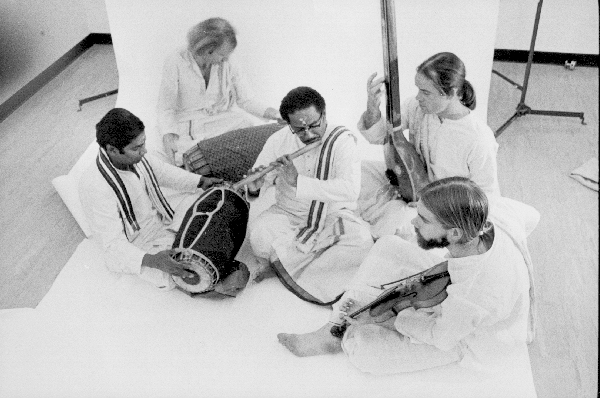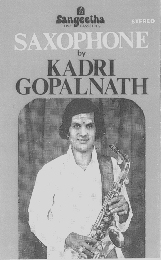
Starting with the emphasis on emic and etic and the "new ethnography" in which the insider's interpretation was to play a major role, anthropologists began around 1950, to look at the relationship of past to present with the perspective of reflexivity. Going much further in the last two decades, works by many scholars -- anthropologists, mainly (e.g. Geertz 1973; Clifford and Marcus, ed. 1986; Clifford 1988; Turner and Bruner, ed. 1986, and others, often exhibiting the strength of their approaches by using the symposium as a venue) --, joining literary critics, philosophers, and scientists, have led the way in a movement which maintains that the position of the observer inevitably shapes the account, and that we can, as it were, really write only about ourselves. These approaches supported the view that we must study the ways in which societies see their own histories, however much they may contradict positivistic appraisals. A society's identity is substantially determined by its view of its own past. And so, in relating a society's present to its past, we also study the way societies imagine this relationship in their own cultural systems, interpret what happened and sometimes invent what did not. The way in which the musicians of a society see their own past plays a major role in their present.
It's a view which clearly helps to explain aspects of Western art music culture, and books by various musicologists (see e.g. Bergeron and Bohlman 1992) have provided insight into the way in which modern music historians invent music history. Western classical musicians who are not academics can serve as illustration. They may see music history as a tension between two forces: one is the belief in consistent progress according to which the music of today is better and more advanced than all that came before; the second, overshadowing this view, sees in music history a bell-shaped curve in which music worked up to the heights of Bach, Mozart, and Beethoven, a level which it could not maintain, and from which it has been descending. Today's composers often alternate between veneration and resentment of these great masters, their activity thus very much shaped by their view of the past. And outside the Western orbit, in the 20th century of many cultures, a way of dealing with the coming of Western music is to reshape the interpretation of the past to fit the present.
My illustration comes from the Carnatic music culture of Madras (see Nettl 1985; L'Armand and L'Armand 1978, 1983). It is well known that there is hardly a place in the world in which a non-Western musical system has remained as much intact and flourishing as Madras, which has, however, undergone a vast amount of culture change. Madras is a city of modern India, and its economy, government, transportation system, educational structure, even aspects of the system of religion and values, and much else have changed enormously in the last 150 years. And still, there is a musical system whose practitioners resist change. Well, change in some aspects. They have, for example, adopted a Western-derived concert life, taken over some European instruments, established Western-style music conservatories, and modified the relationships among castes in the musical culture. And still they insist, some of them, that there is no room for innovation in Carnatic music. One of the ways they resist the hegemony of western music is by maintaining a kind of dualistic thinking, adopting Western music as a concept parallel to the Indian, but without giving it much of a chance to be heard. Western and Carnatic musics are the only worthwhile systems, and they complement each other: Indian music is melodic, Western harmonic; the Indian is substantially improvised, the Western not; Indian music is largely religious, Western largely secular.

Group of South Indian musicians: T. Viswanathan (flute) and T. Ranganathan (mridangam) with American students
![]() "Banturiti"
from "Ramnad Krishnan Kaccheri"
"Banturiti"
from "Ramnad Krishnan Kaccheri"
Western instruments have been introduced. The violin and the harmonium were introduced in the 19th century and play a role of enormous importance. Indian scholars know their origin, but the musical public and many musicians regard them as quintessentially Indian instruments and may refuse to believe that they came from elsewhere, relating them to ancient Indian developments and thus, also, reshaping the past to fit the needs of the present. Others, such as the saxophone, were seen as imported curiosities.
![]() "Tillana",
South Indian violin music
"Tillana",
South Indian violin music
 |
| Cover of a pre-recorded cassette produced in India, with Carnatic saxophone player Kadri Gopalnath |
"We too have our trinity of composers," they say. "Like your Beethoven, Mozart, and Haydn, we have Tyagaraja, Syama Sastri, and Dikshitar, living about the same time as your classical composers." And so, by establishing the conception of complementarity as a kind of strategic device, the music-loving public of Madras sees its recent music history largely as a process of accommodating Western music, which must receive its due.
Forward | Back | Nettl main page | References